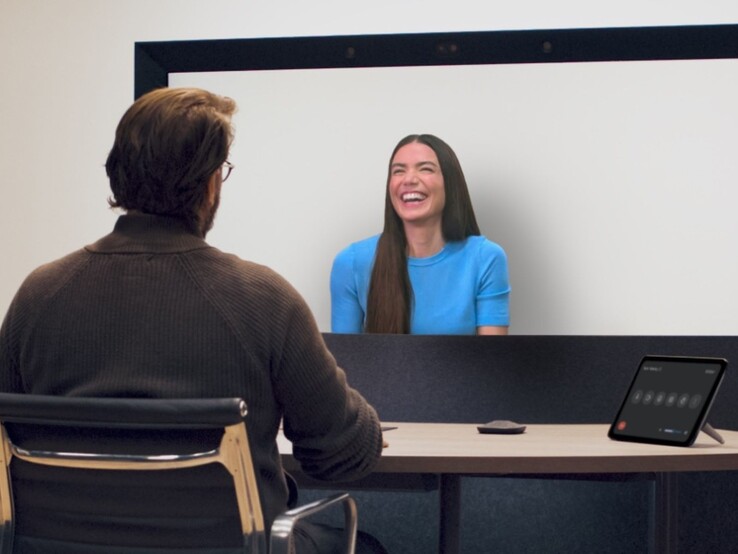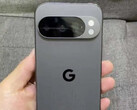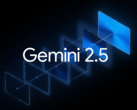At I/O 2025, Google unveiled Beam, its next-generation 3D video calling platform designed to replicate face-to-face interactions without the need for headsets or glasses. It evolved from Project Starline.
Project Starline was an experimental telepresence project developed by Google, first announced in 2021 to create lifelike, 3D video calls that made it feel as if the person you were speaking to was physically present in the same room.
Picking up from Project Starline, Beam combines AI-driven depth sensing with a compact light field display to generate photorealistic, volumetric projections of call participants in real time.
Beam uses six high-resolution cameras, light-field rendering, and 'millimeter-accurate' head tracking at 60 frames per second to create a sense of real presence. The goal is to allow users to make eye contact, notice gestures, and interpret facial expressions, all without wearing a headset.
The original prototype was bulky, but Beam has since been redesigned into a slimmer, commercially ready device. Google is partnering with HP to bring it to market by the end of 2025, with Salesforce, Deloitte, and Duolingo already signed on as early adopters.
One of the more practical features coming to Beam is real-time AI translation. Powered by Google’s Gemini models, it lets people talk in different languages while preserving the speaker’s voice and tone. Right now, it works with English and Spanish, with support for Italian, German, and Portuguese coming soon. Google says the same tech is headed to Google Meet to help teams work better across language barriers.
Sundar Pichai, CEO of Google, said Beam fits into the company’s broader push to make remote communication feel more natural. Google plans to integrate it with platforms like Zoom and eventually bring it beyond enterprise use.



























